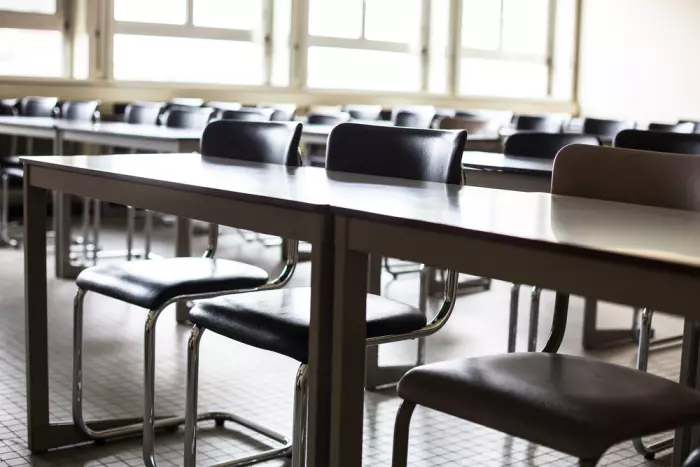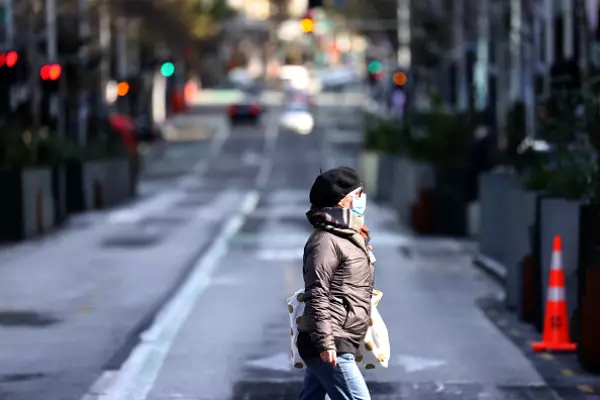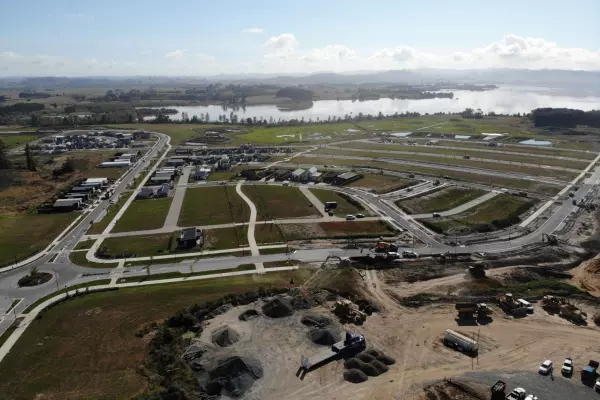Student attainment is one indicator I monitor to assess prospects for the New Zealand economy decades down the track.
School attendance is one part of attainment.
Research from the Ministry of Education shows that each additional half-day absence from school predicts a consistent reduction in the number of NCEA credits a student subsequently attains.
Attendance is more strongly related to achievement for mathematics.
The research also notes that every day of attendance matters, with the overall relationship between attendance and attainment best described as a straight line.
Student attendance dropped markedly between 2015 and 2019. In 2015, 70% of students regularly attended school/kura. This dropped to 57.7% in 2019.
The biggest drops were across primary schools and should be setting off alarm bells for businesses. The students of today are the workforce of tomorrow.
More students were falling into the ‘irregular’ or ‘moderate’ absence brackets and the education ministry noted “this persistent trend suggests that there is a systemic (rather than one-off) driver”.
Last year was better
The latest attendance figures provide better news. School attendance has somewhat recovered in 2020.
In term two, 2020, 64% of students regularly attended school compared to 57.7% in the same term a year earlier, taking attendance broadly back to levels seen in 2018.
Regular attendance is defined as being there 90% of the time.
The 6.3 percentage point recovery, following the end of the national covid-19 lockdown, matches the drop seen in 2019.
Within those figures though, chronic absenteeism (less than 70% attendance) rose to 9%, or around one student in 11.
All deciles saw an uplift.
However, lower decile schools saw a smaller increase from 2019 to 2020 compared to higher decile schools.
Regular attendance in high decile schools lifted above rates seen in 2017 and 2018. Lower decile school attendance remained below 2018 figures. It’s clear that covid has impacted students differently.
Nelson, Marlborough, and West Coast showed a 14.2 percentage point rise in regular school attendance, with 73% of students regularly attending school, massively above the national average.
That might warrant some investigation as on the face of it, it appears a major turn.
Untangling the covid effect
Whether the overall results are a statistical rush-back-to-school blip after the covid lockdown is difficult to know, since attendance data was only collected for the last seven weeks of the second term last year.
As a result, the 2020 data could be ‘noisy’.
However, we do know that deep structural problems remain. More students (almost 25%) in lower decile schools experienced chronic absenteeism in term two, 2020.
Attendance was boosted by fewer students taking holidays during term time. Border closures have a positive effect on attendance.
On the other hand, truancy and absences with an explained but unjustified reason were higher in 2020 relative to 2019, so simmering unknown factors remain.
The ministry is now also collecting more data. Attendance data for term two is available from 2011. Data for terms one, three, and four are now available from 2019.
This is welcome and allows a timelier analysis of trends. Data and information are powerful tools, which are needed to build interventions and policy initiatives.
In the fourth term of last year, 61.7% of students attended regularly, a fall of 4.4 percentage points from the same term a year earlier.
This contrasts with more students attending regularly in terms two and three in 2020 relative to 2019.
So the mid-year bump up in attendance was reversed in the fourth term, with 8.8% of students reporting chronic rates of absence, or less than 70% attendance.
Some 16% of Māori and Pacific students attended less than 70% of the time, and the biggest declines in attendance between 2019 and 2020 were in middle decile schools, deciles four-to-seven.
The education ministry puts this drop down to higher rates of short-term illness, perhaps reflecting the health ministry’s covid message to “stay home if you’re sick”.
What’s going on?
We are seeing some bobbling around in the data.
The release of attendance figures for the first and second terms of this year will provide the first clear steer on whether a corner has really been turned for school attendance.
Those figures will be compared with 2019 and provide a cleaner assessment outside the covid effect.
Attendance is a critical component of educational attainment.
The business sector needs to be taking note of these uneven but hardly positive trends.
For instance, growth in the labour force will increasingly come from Māori and Pasifika who are seeing the highest proportion of chronic absence.
The release of more attendance statistics, and in a more regular fashion, is a welcome addition to the capacity to assess progress and design interventions to counter these trends.














